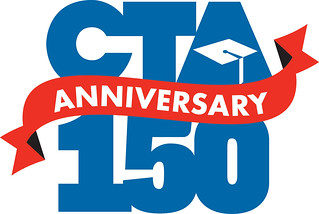With the passage of Proposition 30 last November, millions of Californians voted to make personal financial sacrifices in support of public education. As an elected state representative and former UC faculty member, I feel a special responsibility to ensure that these hard earned funds are being utilized to increase access to UC by Californians.
To be sure, Prop. 30 funds have helped to blunt the assault on access and quality that the financial crisis brought to California’s schools, community colleges and our public Universities. Some have even enacted additional reforms in order to protect students and taxpayers from future contingencies.
But some, like the University of California, have done just the opposite.
Billions have been squandered on risky investments and oversized executive entitlements. And UC’s administrative staff-the highest paid public employees in California who have almost no contact with patients and students-have become the fastest growing segment of its workforce.
The UC isn’t just a university. Through its 10 campuses, five medical centers, three national laboratories, and nineteen other facilities, it is one of the leading economic, research and health delivery institutions in America. It serves 200,000 students and 4 million patients annually, and is responsible for 1 in 46 California jobs.
In many ways, as the UC goes, so goes California. And things are not going as well as they should be.
Student tuition has tripled, and out-of-state enrollment has skyrocketed. Courses have been cut and student services slashed. Debt has doubled. Taxpayer-subsidized UC hospitals are shirking their responsibility to provide health care to the poor on public programs like Medi-Cal, and they have been hit with millions of dollars in government fines for patient safety violations and court-ordered whistleblower settlements.
Unfortunately, under our Constitution, UC does not have to play by the same rules as other public agencies-even other public schools in California.
That’s why the real power to change UC lies with all of us-patients, students, faculty, alumni, donors, staff and California taxpayers. We write the checks, fill the classrooms and hospitals, and maintain the facilities. For generations, Californians have made the sacrifices necessary to build the UC into a crown jewel.
If we are to preserve this legacy and strengthen it for future generations of Californians, we must take action to end the cycle of mismanagement that is putting UC students and patients at risk. We must be vigilant and equally steadfast advocates for the reforms that are needed to get UC back on track.
In short: we need to come together and TAKE BACK UC.
TAKE BACK UC is a grassroots coalition of opinion leaders, organizations, students, patients, workers and taxpayers from every corner of the Golden State. Our cause is to raise awareness about problems in the UC system, and to mobilize the public in support of common sense solutions-like increased access to qualified California students with reduced student expense to earn a UC degree, access to UC hospitals and physicians, safe staffing at UC health facilities and campuses, and fair pension reforms.
Ultimately, the time for reform at UC is now. Last month, a new President took the reins at UC. Our coalition will show that not only is there a need for change at UC-but that there is a mandate for it. This isn’t just about sharing our concerns today— but holding the Regents and top UC administrators accountable for results in the months and years to come.
There are a few things you can do to help grow this watchdog movement right now.
1. Like us on Facebook and follow us on Twitter.
2. Learn more and lend your name to our growing list of supporters by signing up at www.TakeBackUC.org.
3. Sign our Change.org petition on fair pension reform for UC executives and safe staffing levels at UC hospitals – and share them with your friends!
Thank you in advance for your continued support of public education in California, and your commitment to restoring the University of California to its rightful place as the crown jewel of our Golden State.
Dr. Richard Pan
California State Assemblymember (D-9th District)


 New PPIC poll show support for additional local control
New PPIC poll show support for additional local control